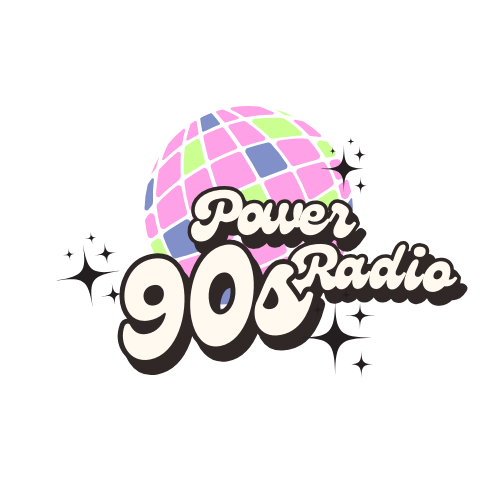Everyday life in Hungary during the 1950s was shaped by political repression and economic hardship under Soviet-backed communist rule. Most people lived in difficult conditions, with rationing, food shortages, and limited consumer goods. Centralized planning prioritized heavy industry, but this often led to poor living standards for ordinary citizens. Work was typically assigned based on state needs, and many Hungarians were employed in factories or collective farms.
The government tightly controlled media, culture, and education, suppressing any form of dissent. The fear of surveillance and punishment was pervasive, with people often facing imprisonment or forced labor for political opposition. The 1956 Hungarian Revolution, which briefly brought hopes of change, was crushed by Soviet forces, deepening the sense of oppression.
Despite these challenges, Hungarian society remained resilient. People gathered in homes or small social circles, finding joy in family life and small moments of personal freedom. Cultural activities, such as theater, music, and literature, provided an outlet for expression, even under tight restrictions.
Take a look at these vintage photos to see what everyday life in Hungary looked like during the 1950s.
 |
| Two women sitting on a picnic blanket at Lake Balaton, Hungary, in the 1950s. The background shows a lively beach atmosphere with people sunbathing, relaxing, and enjoying the outdoors in Balatonalmádi |
 |
| A group of people smiling and posing for a photographer in rural Hungary, circa 1950s |
 |
| A child and elderly woman feeding a pig in a rural Hungarian village, with chickens nearby, circa 1950s |
 |
| A family gathering outdoors, seated around a table in rural Hungary during the 1950s |
 |
| A group of people gather at a bus stop in front of a traditional building at Lajos-forrás, Szentendre, Hungary, circa 1950s |
See more »





